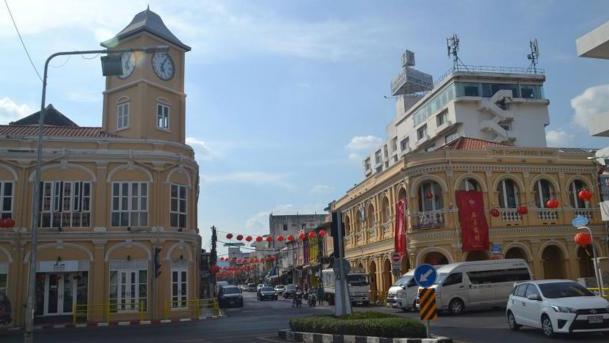The boom is made possible by the new town planning blueprint that will better regulate land use and infrastructure development in the world-renowned tourist destination.
“The town planning draft has been put up for public hearings twice – once at the beginning of the year, and most recently in May,” he said. “It received extensive feedback from the public.”
The draft has yet to be finalised, as the Interior Ministry is required to hold more hearings and reviews in order to ensure that the master plan meets the needs of the people and businesses and does not adversely impact the environment.
It has been reported that the Department of Town Planning under the Interior Ministry still has concerns about the impact of further development on the island to the coastal ecosystem, as the new town plan allows for the construction of high-rises along the coast of Phuket. According to the draft, developers will be allowed to build buildings of up to 15-storeys along the coast, and 25-storeys in the inner parts of the island.
Despite the concerns, Mr Thapana said that the new town plan can attract at least B300 billion in investment.
The first major development will be carried out in Patong municipality, where the government is planning to spend B1bn on constructing four convention centres with a maximum capacity of 3,000 people each.
“In the next five years, a Mice district will be constructed near Patong Beach, where all roads will be designed to be pedestrian-friendly,” he said. “The roads leading to Phuket airport will be upgraded, and the number of public buses will be increased.”
Phuket’s “second airport” (currently planned to be built in Phang Nga province) will be built at a cost of B70bn, and a B40bn will be built to connect the existing airport to downtown Phuket. Another B280bn will be spent to build 70,000 residential units.
“This will help spur Phuket’s economy and drive up the price of land by two to three times,” he said.
Read original story here.








